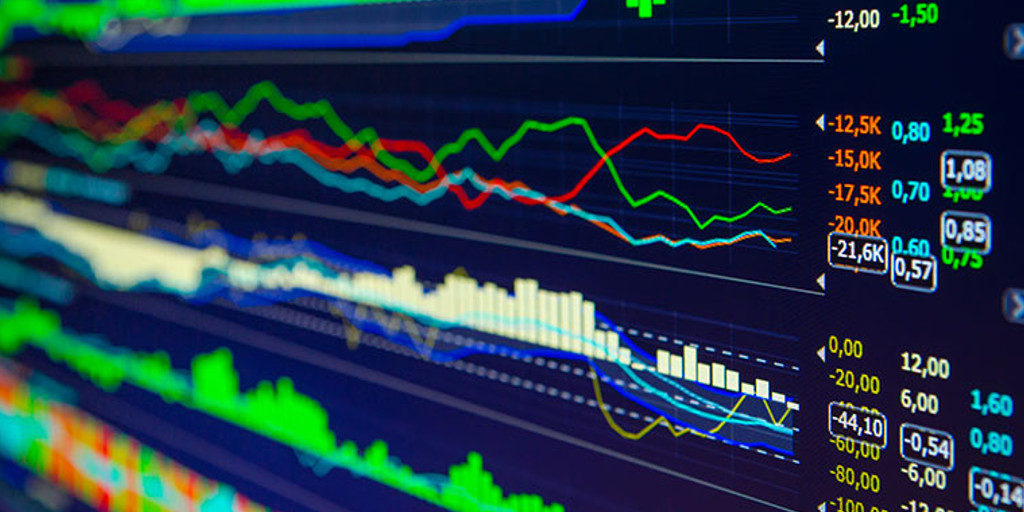Why We Follow the Whales of Forex Currency Markets
There is one prime reason to learn how to follow the “Whales” of the market.
These entities, The whales control direction of price and liquidity. For “small fish” like most of us reading this discussion, we should accept reality and simply learn to follow their lead and avoid anticipation of price movements.
For our definition we assume that a whale has over 50 Billion dollars USD at risk as a minimum daily .
Algorithum trading so now so sophisticated that the whales can “paint the candle charts” with bullish and bearish chart patterns in lower time frames that act as merely “chum” for the little fish to have them congregate for whales to devour them sometime during a trading session.
But who are these whales? . We can agree they are four primary categories.
- Banks
The greatest volume of currency is traded in the interbank market. This is where banks of all sizes trade currency with each other and through electronic networks. Big banks account for a large percentage of total currency volume trades. Banks facilitate forex transactions for clients and conduct speculative trades from their own trading desks. When banks act as dealers for clients, the bid-ask spread represents the bank’s profit. Speculative currency trades are executed to profit on currency fluctuations. (Currencies can provide diversification for a portfolio that’s in a rut. ) But even the big banks have been caught in scandal and fraud so do not think of these groups are friendly Consider them as the “whale sharks.
- Central Banks
Central banks are “the largest whales” and thus extremely important players in the forex market. Open market operations and interest rate policies of central banks influence currency rates to a very large extent. Many believe that the secret G20 meetings are where the whales set ranges for the next 2 -5 years for their currency in relationship to other members. Central banks are responsible for forex fixing (translation” Whale shenanigans). This is the exchange rate regime by which a currency will trade in the open market. Floating, fixed and pegged are the types of exchange rate regimes.
- Investment Managers and Hedge Funds
After banks, portfolio managers, pooled funds and hedge funds make up the second-biggest collection of players in the forex market. Investment managers trade currencies for large accounts such as pension funds and endowments. Here there a re groups with more clout than many central banks and these entities should be considered as enemies of the retail trader. These lay sophisticated traps that appear to be consistent with Price Action then suddenly prices reverse and trap and or devour your stop . An investment manager with an international portfolio will have to purchase and sell currencies to trade foreign securities. Investment managers may also make speculative forex trades. Hedge funds execute speculative currency trades as well.
- Corporations
Firms engaged in importing and exporting conduct forex transactions to pay for goods and services. Consider the example of a German solar panel producer that imports American components and sells the final goods in China. After the final sale is made, the Chinese yuan must be converted back to euros. The German firm must exchange euros for dollars to purchase the American components. Thnk Porsche who makes more trading curreny than with car production in many years.
- Individual Investors ( Most a simply not relevant to the markets movements)
The volume of trades made by retail investors is extremely low compared to that of banks and other financial institutions. But the forex trade is growing rapidly in popularity. Retail investors base currency trades on a combination of fundamentals (interest rate parity, inflation rates, monetary policy expectations, etc.) and technical factors (support, resistance, technical indicators, price patterns). IMO these traditional methods will lead to disaster.
It’s our belief that by learning to see the whales intentions ( we call it directional bias) on Monthly Time charts and then using a reliable EA or system that trades In the direction you can see on the monthly chart is a consistently solid method to insure success with Forex trading for we the “little fish.
We have a little fish special that is designed to allow you to see the whale movements and gain economic freedom Our course offering is free. so what do you have to lose except a bit of your time?


1 Response to "Szeri Nos Biggs Trading always Follows the Whales."
[…] inputs were similar and we used them to create a scalping plan that relied on MK’s Pivots and directional bias. so that we could simply follow the whales. Our plan included taking Big Shots , swing trades and […]